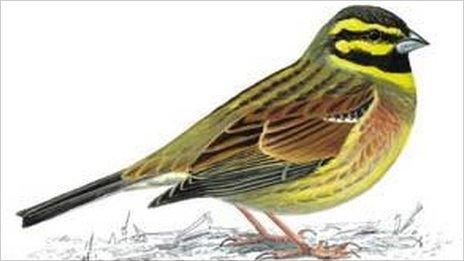Cirl bunting sees 33% increase on Devon farmland
- Published

The lowland farmland cirl bunting, a relation of the yellowhammer, is predominantly found in Devon in the UK
One of the UK's rarest songbirds, the cirl bunting, has seen a population boost on farmland in Devon of a third, the National Trust has said.
The trust said 60 breeding pairs had been recorded in part of the South Hams area, up from a steady number of 40 pairs in recent years.
It was the highest count of the sparrow-sized bird in the area since records began in 2012, it said.
It was working to increase habitats to help maintain the population, it added.
The lowland farmland bird, a relation of the yellowhammer, is predominantly found in Devon in the UK and is currently classified as red conservation status, external.
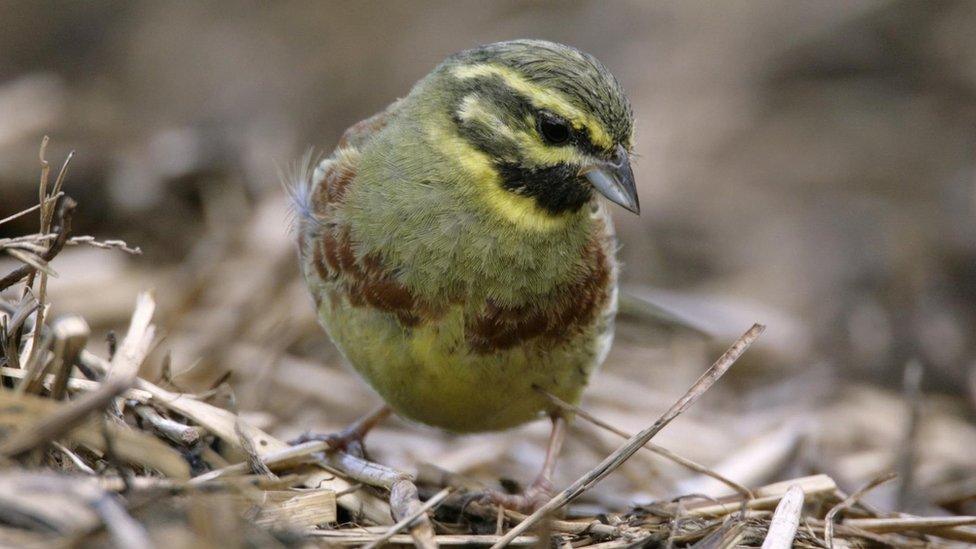
The cirl bunting is currently classified as red conservation status
It had been previously threatened by changes to farming methods and hedge losses.
Trust ranger Emma Reece said a "simple tweak to how we work with the grazing animals" had made the "positive change" between Bolt Head and Bolberry Down.
The trust said work and small changes to grazing patterns along the coastline had contributed to the recent increase.
Ms Reece said the changes allowed borders around fields to grow, "providing a variety" of food sources and improved habitat "for birds, bees and butterflies".
She said: "We know it might look a little untidy, but this vital mix of long grasses and wildflowers is just what nature likes and needs to flourish."
Although the bird is still mostly confined to Devon, the RSPB said it had a scheme in Cornwall which had also established breeding pairs.

Follow BBC News South West on Twitter, external, Facebook, external and Instagram, external. Send your story ideas to spotlight@bbc.co.uk, external.
Related topics
- Published17 November 2016
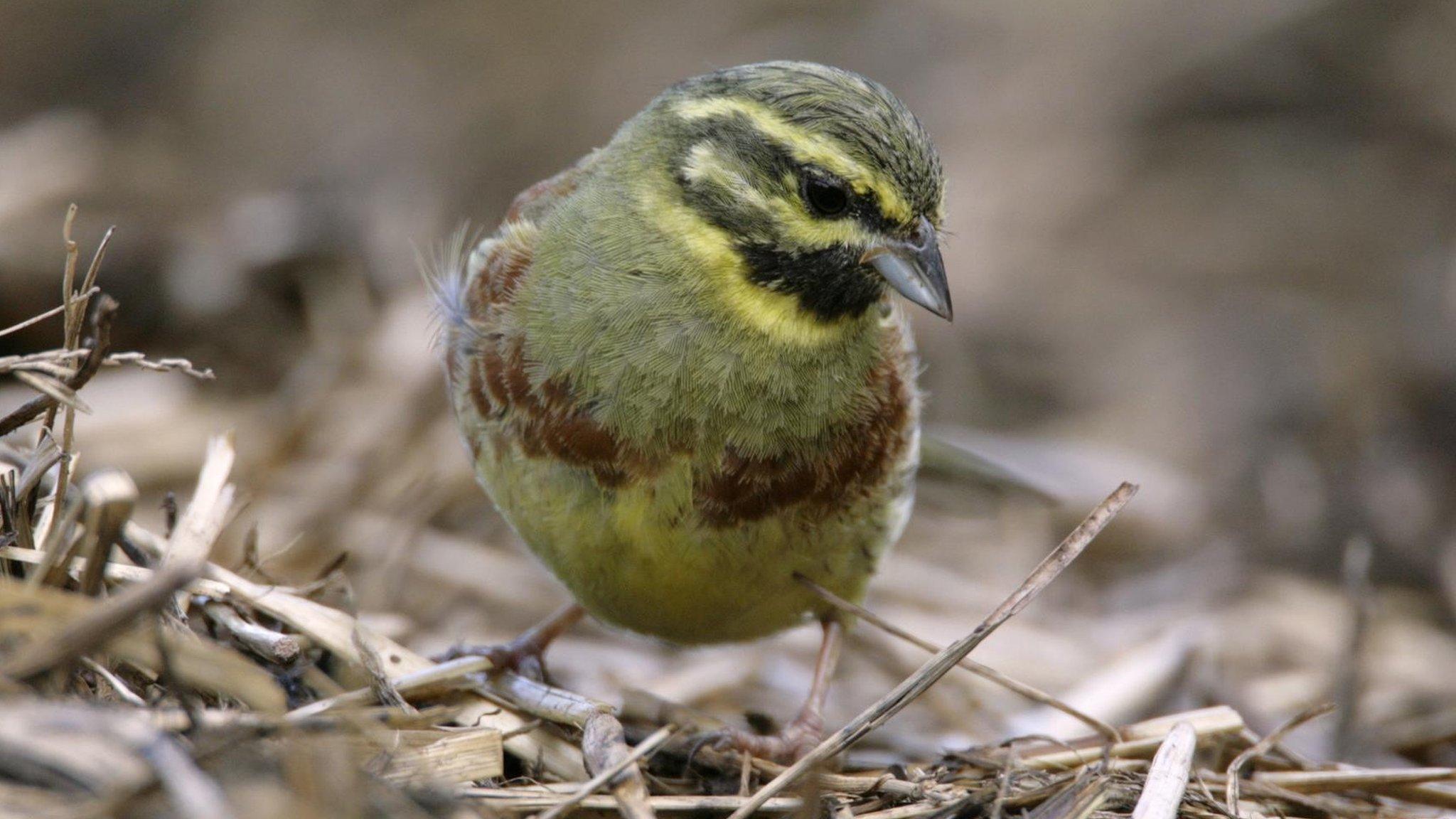
- Published29 July 2013
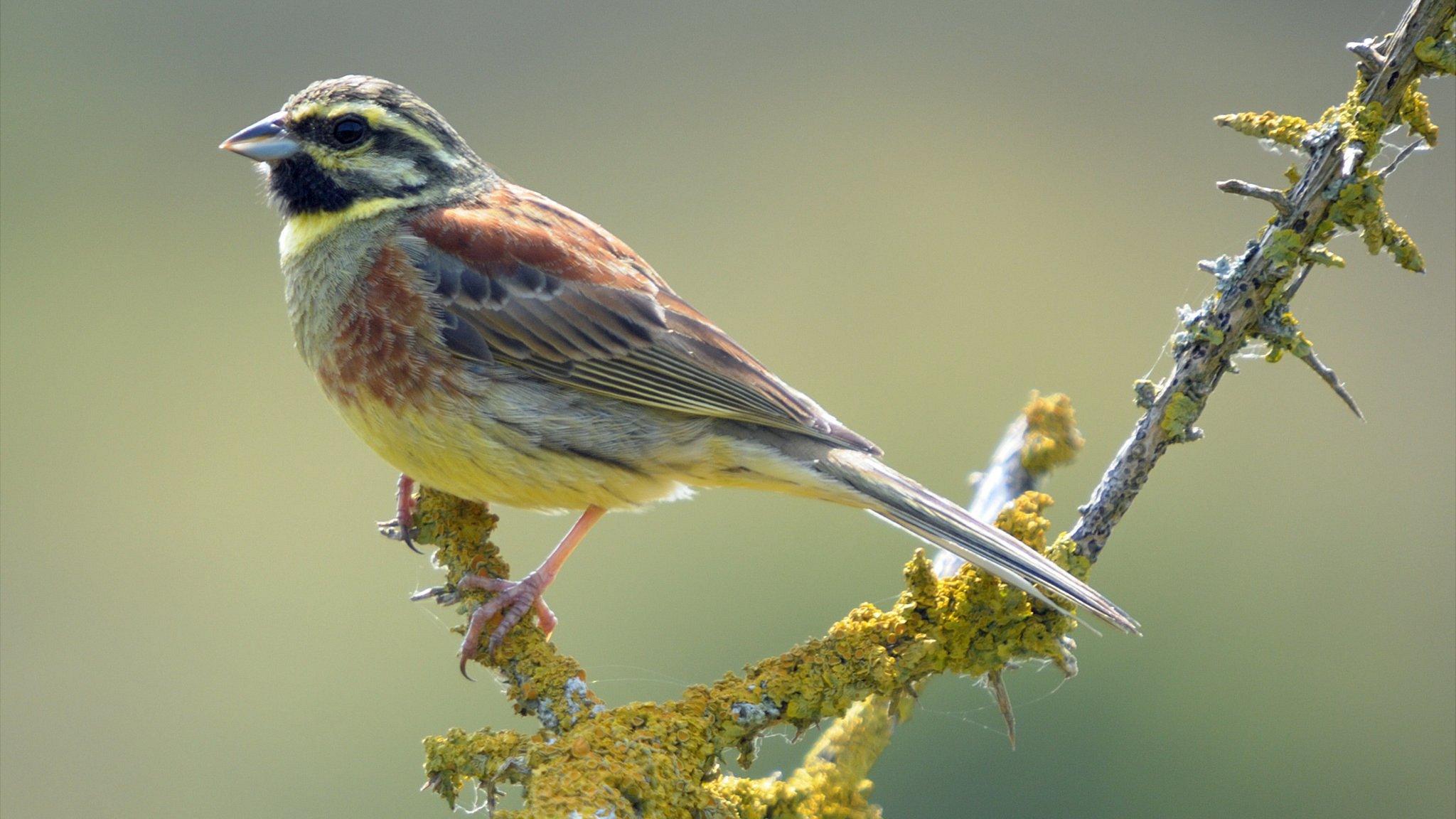
- Published30 October 2012

- Published22 July 2012
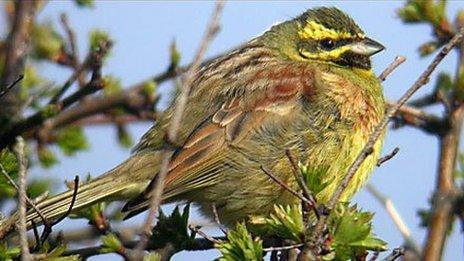
- Published6 October 2011
